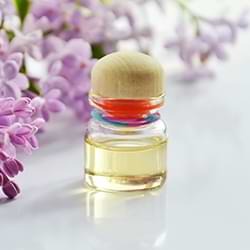Delta Carene (99,5%) - China
|
IUPAC Name |
: 3,7,7-trimethylbicyclo[4.1.0]hept-3-ene |
|
Cas Number |
: 13466-78-9 |
|
HS Code |
: 2902.19.00 |
|
Formula |
: C10H16 |
Basic Info
|
Appearance Name |
: Yellow Crystal |
|
Common Names |
: Carene |
|
Packaging |
: ISO TANK 20 MTS |



.webp)

.webp)
